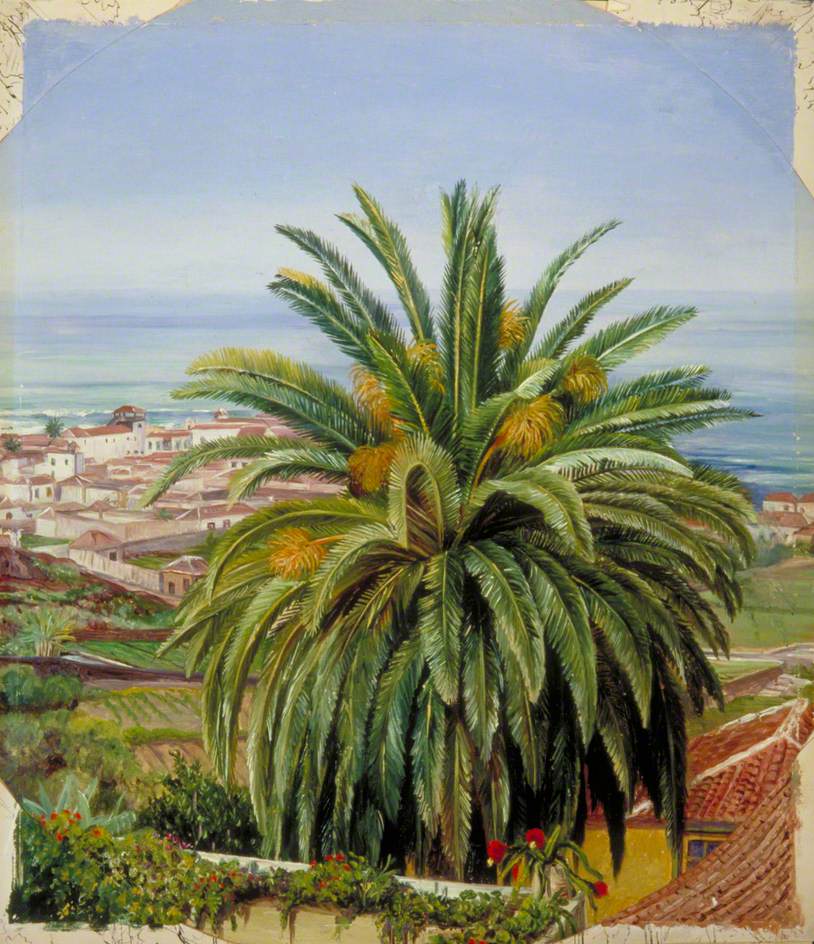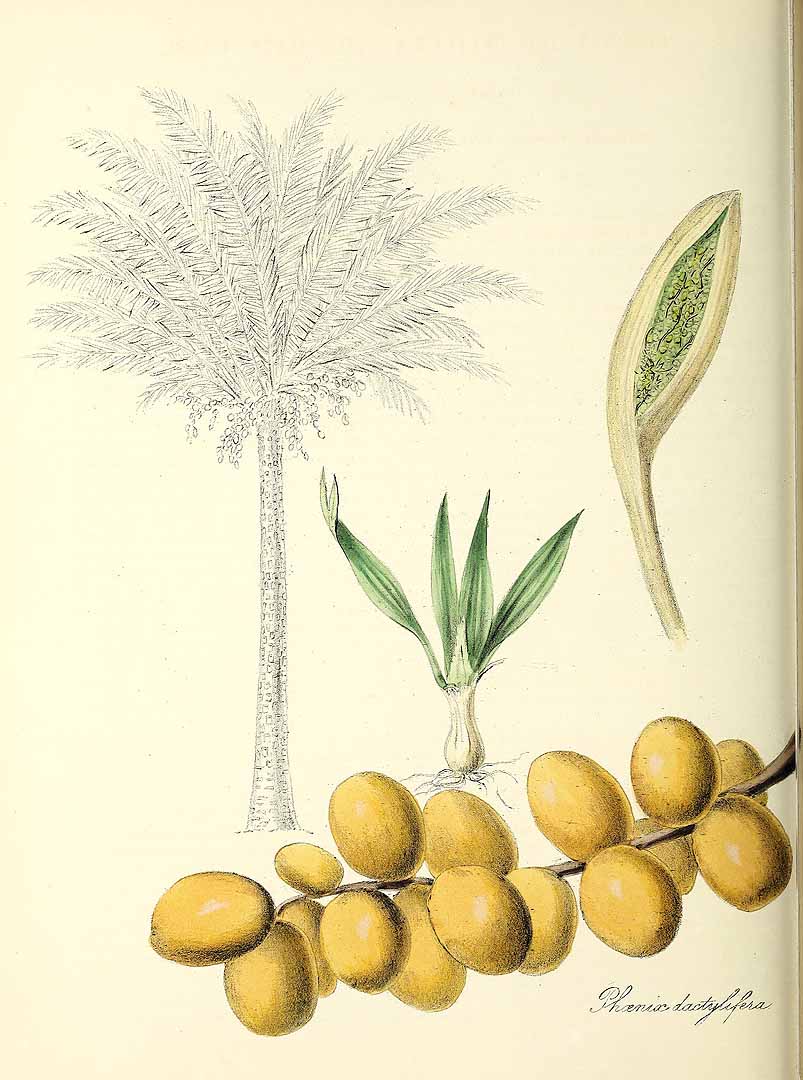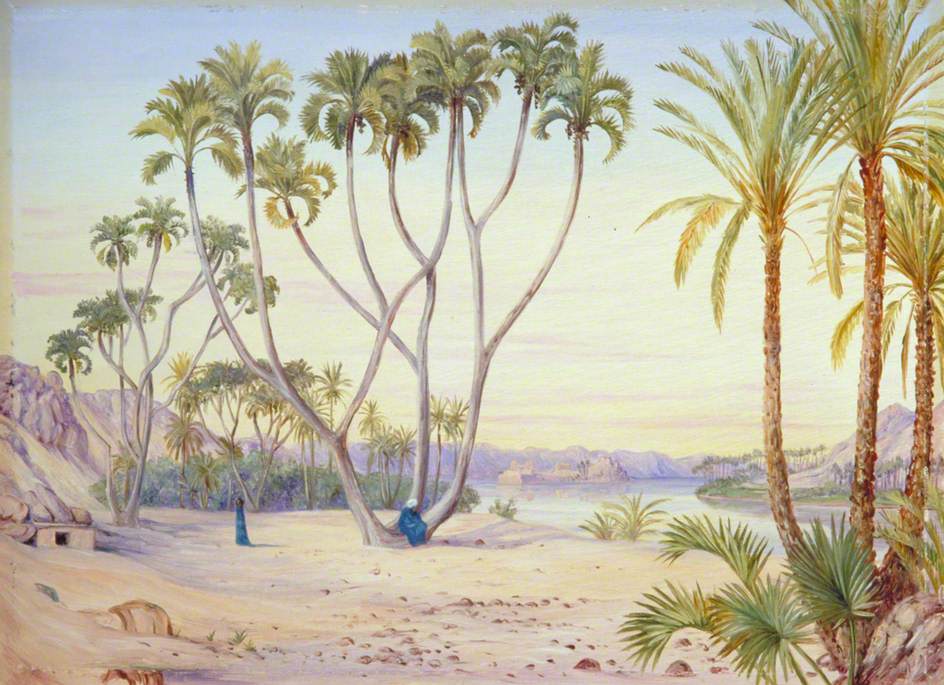! Nouveau site ici !
Vita > Plantae > Magnoliophyta > Liliopsida > Arecales >
Arecaceae > Phoenix
Phoenix dactylifera
(Palmier-dattier)


 | *****
| *****
Vita > Plantae > Magnoliophyta > Liliopsida > Arecales >
Arecaceae > Phoenix
Phoenix dactylifera
(Palmier-dattier)

-10/-8°C (-5,5/-6/-7°C ?)
Un grand palmier à feuilles persistantes non ramifié. Il atteint 30 m de haut. Le tronc peut mesurer entre 30 et 40 cm de diamètre. Le tronc est recouvert de fibres et porte la base de vieilles feuilles le l... (traduction automatique)
→suite
⬀
Le  donne accès au menu
donne accès au menu (c'est votre point de repère) 😊 ;
En dessous vous avez la classification, à partir de la vie (Vita, premier rang) jusqu'à la classe au dessus de la plante, dont vous trouvez ensuite le nom scientifique/botanique (latin) puis le nom commun (français), le cas échéant ;
C'est aussi un lien vers la fiche complète (tout comme la ✖, en bas à droite, et le +, en dessous de la description) ;
Vient alors l'illustration (ou ce qui la remplace, en attendant), la comestibilité :
Et en bas
⬂

![Illustration Phoenix dactylifera, Par Duhamel du Monceau, H.L., Traité des arbres et arbustes, Nouvelle édition [Nouveau Duhamel] (1800-1819) Traité arbr. arbust., ed. 2 vol. 4 (1809), via plantillustrations Illustration Phoenix dactylifera, Par Duhamel du Monceau, H.L., Traité des arbres et arbustes, Nouvelle édition [Nouveau Duhamel] (1800-1819) Traité arbr. arbust., ed. 2 vol. 4 (1809), via plantillustrations](../inc/images/illustrations/palmier_dattier.jpg )







